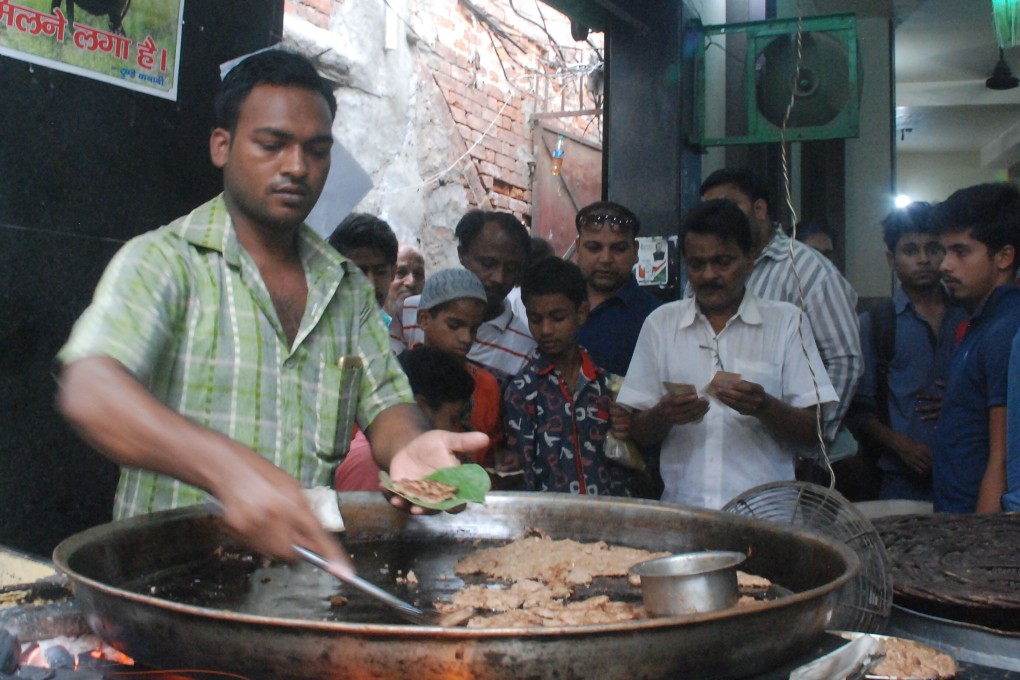A kebab fit for a king, how the shish kebab got its name, and the kebab whose name means ‘belly full’
- The galouti kebab owes its origins to an Indian monarch who lost all his teeth and ordered his cooks to come up with a kebab soft enough for him to eat
- Shish kebabs owe their name to the Persian traders who would cook chunks of meat over camp fires on the ends of their swords – called shish in their language

The crowded, winding streets of the old market quarter of Lucknow – once the capital city of the Indian princely state of Awadh and now the capital of the state of Uttar Pradesh – are not for the fainthearted.
Hundreds of residents, tourists and the occasional food critic brave them regardless to get to an unpretentious street-side restaurant that has stood at the same spot for over a century. They are there to sample one of the oldest and most famous renditions of the galouti kebab, which was created for a king and is now loved by the masses.
The establishment, Tunday Kababi, was founded in 1905 by Haji Murad Ali, a famous chef of his time who had won the patronage of the princely ruler of Awadh, Nawab Wajid Ali Shah.
Murad Ali had lost an arm in an accident as a young man, but the misfortune only added to his legend, with his creation earning widespread renown under the name tunday ke kebab – “tunday” being the colloquial Urdu word for a one-handed man. Urdu is the official national language of Pakistan and an officially recognised one in Uttar Pradesh.

“My grandfather lost his left hand after he fell from the roof while flying a kite. But the injury didn’t stop him from working on the kebab. With one arm he could pound the meat into such a fine paste that it would melt in one’s mouth,” says 57-year-old Mohammad Usman, Haji Murad Ali’s grandson.